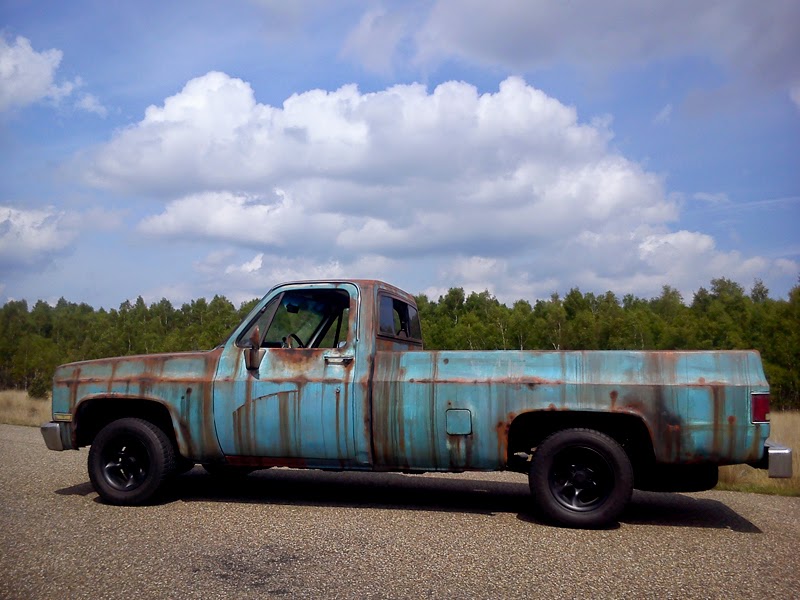
We find the M152 enclosed utility truck and the M43 ambulance particularly appealing as overland vehicles as they are built ready for purpose. The old M37s were playing catch up and simply could not. Young GIs tend to have a heavy right foot.Ī troop carrier, parked on the tarmac during a reenactment at the Stewart Air Show in 2017.ĭespite engine improvements made by the Hercules Company, demands of an ever-faster fleet continued to expose the engine’s 1930’s origins. The truck was originally designed as a multipurpose vehicle capable of transporting heavy loads of ammunition at generally low speeds. With the average speed of military vehicles increasing over the years, the M37 engine failures became commonplace due to the low gear ratio of the vehicle. The military assigned a different designation to each version of the M37 truck command vehicles were known as the M42, V41 for telephone maintenance, M152 for enclosed utility truck, R2 for field fire service, and finally, M43 for the ambulance.ĭue to the long-cylinder stroke of the engine, deficiencies with the aging Chrysler engine design became apparent in the 1960s, including a tendency of the connecting rods to fail at high rpm. From mid-1958 until the end of production, 47,600 M37B1 vehicles were built (up north, approximately 4,500 Canadian M37 CDNs were manufactured between 19). In 1958, a number of modifications to the design resulted in the new vehicles being designated as M37B1.

By the mid-50s, 63,000 vehicles had been produced.
#RUST PATINA TRUCK FULL#
Full production of the M37 began in January 1951, with close to 11,000 vehicles manufactured by the end of that year. With generous ground clearance and low gearing, the M37 proved more than capable in difficult terrain and towing hefty payloads. The result was a relatively basic vehicle that was strong, reliable, and simple-exactly what the military needed.
#RUST PATINA TRUCK MANUAL#
A 4-speed manual transmission was fitted along with a robust New Process (NP) 2-speed transfer case and heavy-duty axles. The M37 truck was powered by a 78-horsepower, long-stroke, Chrysler straight-6-cylinder engine derived from a widely produced 1930s-era passenger vehicle in line with a time-honored military procurement strategy that sought to use commercially produced vehicle variants in military service. A conventional pickup-truck-style bed replaced the platform of the WWII-era vehicle.
#RUST PATINA TRUCK SERIES#
Most deficiencies of the previous series were corrected, modernizing the vehicle incrementally while making it easier to use and drive. Many of the components of the M37 were similar or identical to the WWII WC-series vehicle. In total, six prototypes of the vehicle were produced in the early 1950s, with the pre-production M37 pilot vehicle reaching the end of the assembly line on December 14, 1950, The US military commissioned a redesign of the veteran WC light-duty trucks shortly after WWII as the Cold War simmered, particularly on the Korean Peninsula. The Americans did not show up to the fight with a horse.Īll three WWII-era “Jeeps”: a 1/4-ton Willys MA, along with the 1/2-ton and 3/4-ton Dodge WC series.

The German invasion of Poland proved (as if any battleground proof was needed) that the bravest horse-borne cavalry stood no fighting chance against a mechanized cavalry and armed forces. Blitzkrieg was almost entirely mechanized, as the descendants of the earlier war horses were relegated to the supply chain. In the short decades before the Second World War, industrialized nations abandoned the old guard and invested in steel, rubber, oil, and the internal combustion engine. Many lessons were learned during and after the Great War. Both served as war horses and found a niche between and during military conflicts as agricultural vehicles, with government agencies, and as civilian workhorses or recreational vehicles. Many classic truck and 4WD enthusiasts are enamored by the Land Rover Series vehicles, and the Dodge M37 is an analogous vehicle in many ways. Nothing beats the smell of leather, canvas, engine oil, and dust, your imagination stirred by the intriguing patina of old, smooth paint. They exude character, strength, and personality they appeal to our nostalgia and they are living, breathing, handmade machines which often require skill to drive and maintain.

Editor’s Note: This Dodge M37 article was originally published in Overland Journal’s Spring 2023 Issue.


 0 kommentar(er)
0 kommentar(er)
